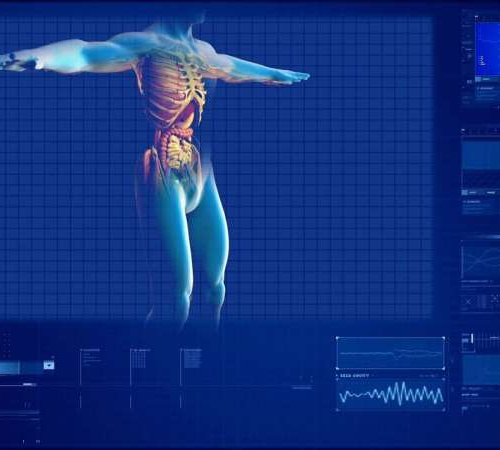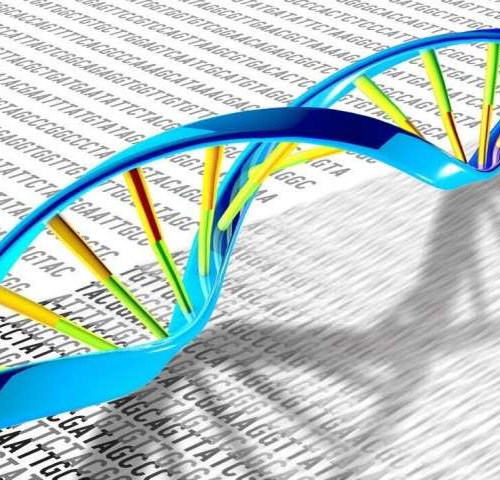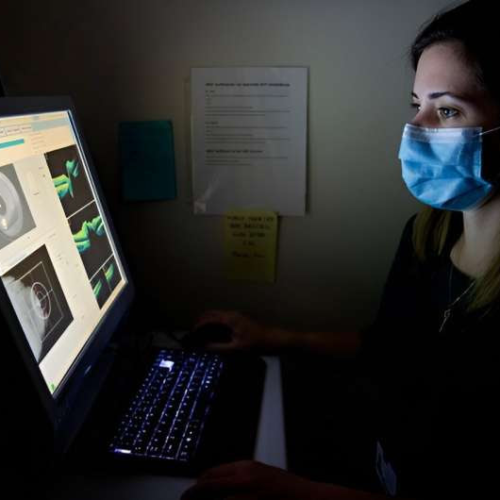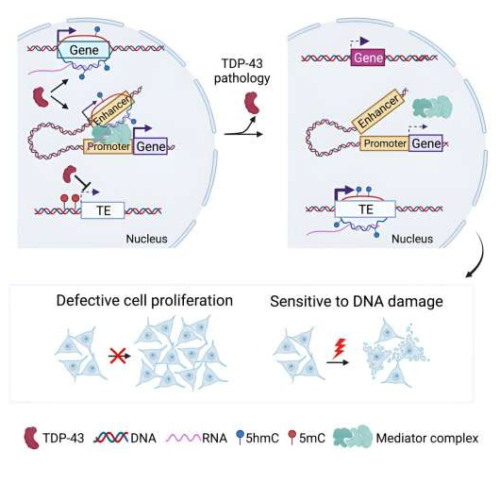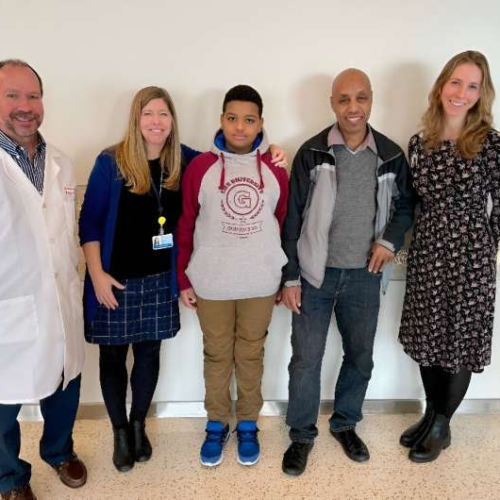by University of Auckland Credit: Pixabay/CC0 Public DomainA group of patients with a hereditary disorder have had their lives transformed by a single treatment of a breakthrough gene-editing therapy, according to the lead researcher of a trial published in the New England Journal of Medicine. The patients from New Zealand, the Netherlands and the UK have...
Category: <span>Genetics</span>
An epigenetic barrier sets the timing of human neuronal maturation
Gabriele Ciceri, Arianna Baggiolini, Hyein S. Cho, Meghana Kshirsagar, Silvia Benito-Kwiecinski, Ryan M. Walsh, Kelly A. Aromolaran, Alberto J. Gonzalez-Hernandez, Hermany Munguba, So Yeon Koo, Nan Xu, Kaylin J. Sevilla, Peter A. Goldstein, Joshua Levitz, Christina S. Leslie, Richard P. Koche & Lorenz StuderNature (2024) AbstractThe pace of human brain development is highly protracted compared...
Gene-based therapy may slow development of life-threatening heart condition
Peer-Reviewed Publication NYU LANGONE HEALTH / NYU GROSSMAN SCHOOL OF MEDICINE A new study in mice shows that replacement of a dysfunctional gene could prolong survival in some people with arrhythmogenic right ventricular cardiomyopathy (ARVC), a rare inherited disorder in which the muscular walls of the heart progressively weaken and put patients at risk of...
Stem cell study shows how gene activity modulates the amount of immune cell production in mice
by Keck School of Medicine of USC Credit: CC0 Public DomainAs people age or become ill, their immune systems can become exhausted and less capable of fighting off viruses such as the flu or COVID-19. In a new mouse study published in Science Advances, researchers from the USC Stem Cell lab of Rong Lu describe how...
Ascidian’s lab in Boston is developing a new kind of RNA editing therapy
First-ever RNA editing trial in US gets clearance, pitting ‘exon editing’ technology against vision lossRyan CrossSenior Science CorrespondentThe FDA told the Boston startup Ascidian Therapeutics that it can begin the first clinical tests of a therapy that “rewrites” RNA to correct roughly two-thirds of the genetic typos responsible for an inherited form of vision loss...
New tool improves the search for genes that cause diseases
by University of Chicago DNA, which has a double-helix structure, can have many genetic mutations and variations. Credit: NIHA new statistical tool developed by researchers at the University of Chicago improves the ability to find genetic variants that cause disease. The tool, described in a new paper published January 26, 2024, in Nature Genetics, combines data...
Retinal imaging and genetics data used to predict future disease risk
by Massachusetts Eye and Ear Infirmary Senior study author Nazlee Zebardast, MD, MSc, director of Glaucoma Imaging at Mass Eye and Ear, examines OCT images. Credit: Mass Eye and EarThe retina is said to provide a window into a person’s systemic health. In a new study published January 24 in Science Translational Medicine, physician-researchers from Mass...
Protein TDP-43 keeps genetic zombies at bay: New insights into neurodegenerative disease mechanisms
by Quinn Eastman, Emory University Graphical abstract. Credit: Cell Reports (2024). DOI: 10.1016/j.celrep.2023.113662A new Cell Reports paper from Bing Yao’s lab in Emory’s Department of Human Genetics provides insights into mechanisms underlying several neurodegenerative diseases, such as ALS (amyotrophic lateral sclerosis) and Alzheimer’s. It can be summarized in one line: TDP-43 keeps genetic zombies at bay....
Deaf boy can now hear after breakthrough gene treatment
Aissam Dam, third from left, was born ‘profoundly deaf’ because of a highly rare abnormality in a single gene.His father’s voice, the sounds of passing cars and scissors clipping his hair: An 11-year-old boy is hearing for the first time in his life after receiving a breakthrough gene therapy. The Children’s Hospital of Philadelphia (CHOP)...
APOE genetic variants linked to Alzheimer’s disease also associated with the development of subclinical atherosclerosis
by Centro Nacional de Investigaciones Cardiovasculares Carlos III (F.S.P.) Individuals who carry the APOE4 gene variant have an elevated riskof developing subclinical atherosclerosis in middle age, whereas carriers of the variant APOE2 are protected. Credit: CNICScientists at the Centro Nacional de Investigaciones Cardiovasculares (CNIC) in Madrid have found that one of the most potent genetic...


